With UIP-11 approved, the protocol now transitions to a more durable structure. This update outlines how disinflation, simplified mechanics, and a fixed supply improve stability for what comes next.
The passage of UIP-11 completes a necessary realignment for the system.
Over the past months, it became clear that emissions, incentives, and projected supply needed to be brought back into balance. With the vote now concluded, the protocol begins operating on a foundation designed to be more predictable, more conservative, and better suited for the next stage of development.
Disinflation is at the core of this transition. It introduces a slower, healthier issuance curve and simplifies how value moves through the system. The aim is not to accelerate growth but to ensure the structure underneath it can hold.
A Recalibrated Emission Baseline
The first change now in effect is the reduction of daily emissions. Under the previous curve, issuance expanded faster than organic demand, creating persistent sell pressure and diluting long-term holders at a rate that no longer matched the protocol’s scale.
With emissions reduced by more than half, the system shifts to a baseline that is easier to sustain. Daily output becomes more predictable, and the majority of reflexive selling pressure is removed from the market. Instead of issuance driving behaviour, the protocol now relies more on usage and demand to shape activity over time.
This adjustment establishes a clearer economic footing for everything built on top of it.
USL Transitions to a Zero-Coupon Model
The second major change simplifies the role of USL. Previously, reward emissions created loops that encouraged recycling rather than stability. With UIP-11 active, USL no longer emits rewards; its value derives purely from maturity and the underlying structure that supports it.
This shift removes noise from the system. It gives USL a cleaner trajectory, one that integrators and users can model without the variability introduced by ongoing incentives. The asset becomes more transparent, more predictable, and more aligned with the long-term objectives of the protocol.
A simpler USL strengthens the foundation for deeper integrations and future product layers.
A Defined, Finite Supply Curve
UIP-11 also introduces a fixed cap of 3 billion USUAL. Prior projections extended beyond what was necessary for equilibrium and created uncertainty about the long-term supply path. Establishing a finite ceiling replaces that uncertainty with clarity.
A capped supply does not change behaviour overnight, but it does create a more durable basis for governance and ownership. Every token now represents a more stable share of the system. The supply curve becomes a constant - something that can be planned around, audited, and integrated against.
This clarity is essential as the protocol matures.
What This Means for the Next Phase
These changes are structural and will take time to settle.
Lower emissions, simplified mechanics, and a defined supply curve create a natural cooling period where the system stabilizes and market activity becomes less dependent on incentives.
This quiet phase is part of the design. It allows upcoming product expansions — planned for late 2025 and early 2026 - to rest on a foundation that is steady rather than reactive. The focus now is not speed but coherence: ensuring that what comes next is built on parameters that can carry weight over the long term.
The protocol is entering a more deliberate mode of operation, one defined by fewer variables and clearer behaviour.
A More Stable Direction
UIP-11 does not mark an endpoint. It establishes the conditions for the next stage. With disinflation implemented, USL simplified, and supply defined, the protocol now moves forward with a structure that supports durability rather than short-term cycles.
This is a more measured trajectory- one that prioritizes balance, predictability, and long-term alignment. The groundwork is now in place for what follows.








